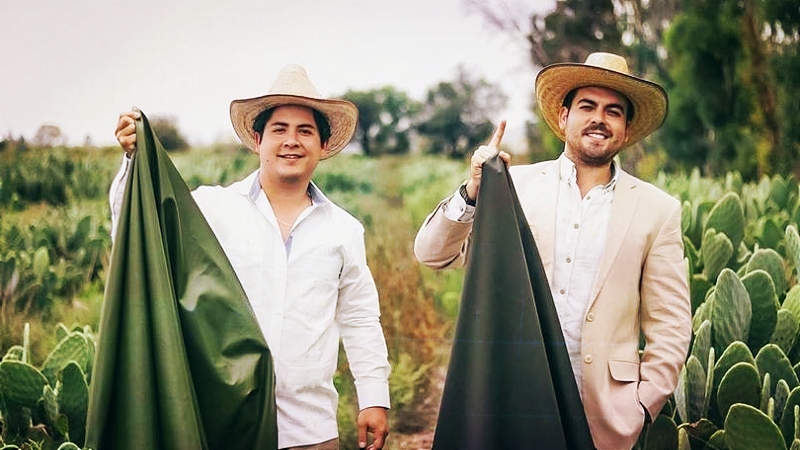When you have a good idea, you run with it. Even if it means quitting your job and doing something no one has done before. With the purpose of creating an alternative to animal leather, Adrián López Velarde and Marte Cázarez, both hailing from Mexico, developed vegan cactus leather made with nopal, a cactus also known as prickly pear.
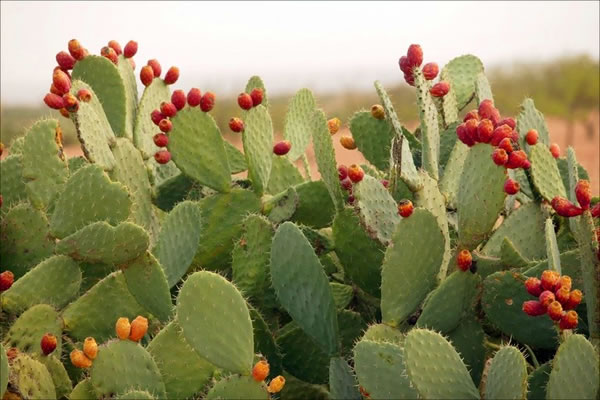
The entrepreneurs’ aim was to create a cruelty-free, sustainable alternative, without any toxic chemicals, phthalates, and PVC. The result, Cactus Leather, is partially biodegradable and has the technical specifications required by the fashion, leather goods, furniture, and even automotive industries. Thanks to its high resistance and durability of (minimum) 10 years, this organic, sustainable product can replace the use of animal leather and other synthetic materials that are not environmentally friendly.
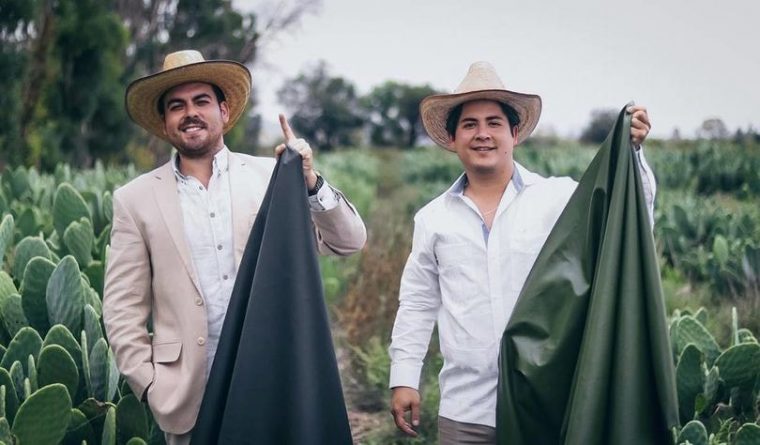
After two years of research and work, the creators from Guadalajara, Jalisco, and Aguascalientes could finally finish marketable cactus leather in July. Its trade name is Desserto, and it has competitive features compared to animal or synthetic leather, like elasticity and being customizable and breathable.
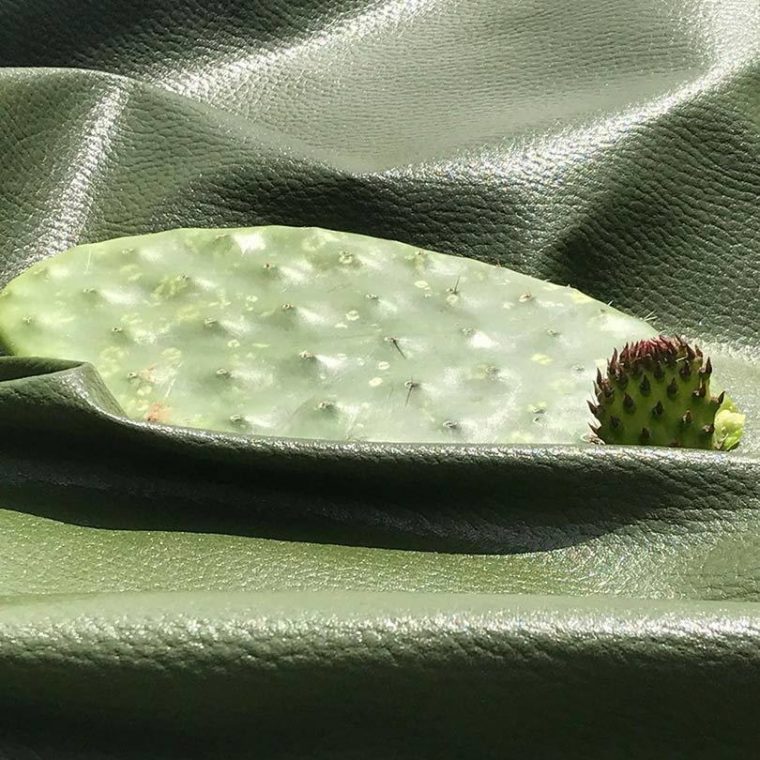
FashionUnited spoke with the brilliant minds behind this vegan leather creation and asked them “What is cactus leather like? What’s the difference with animal leather?”
Velarde responded, “Desserto is a highly sustainable material, and its environmental footprint is not as big as animal leather. There is no intensive use of water and it is free of phthalates, toxic chemicals and PVC. Also, its flexibility may result in production savings because it boosts the productivity of the production lines using it, and it is also a material offering touch and softness that is very similar to animal leather.”
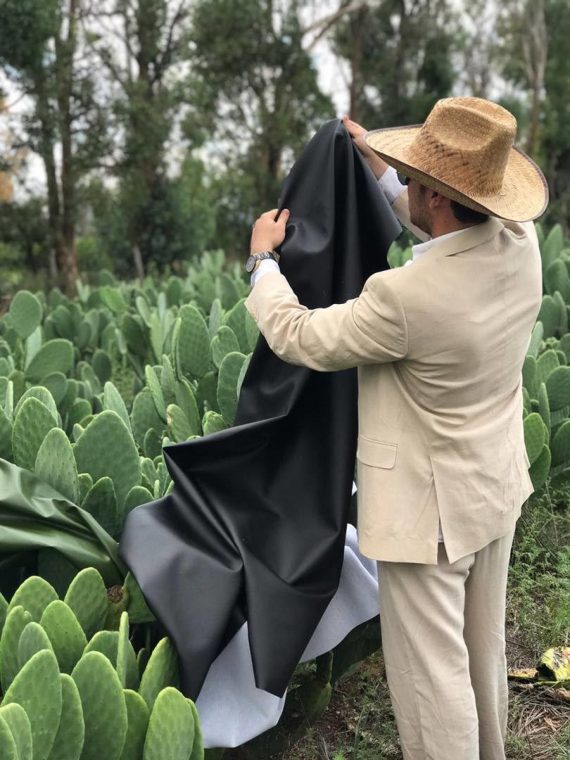
And guess what? It’s good for the environment too.
Velarde continues, “The positive impact on the environment that our materials can have if incorporated into major product lines of the different industries mentioned before may result in a 32 to 42 percent reduction in plastic waste, depending on the version of our materials that is incorporated, and about 20 percent savings in water consumption. Currently, the volume used by the fashion industry alone is huge, almost 79 billion cubic meters, which is enough to fill almost 32 million Olympic-size swimming pools.”
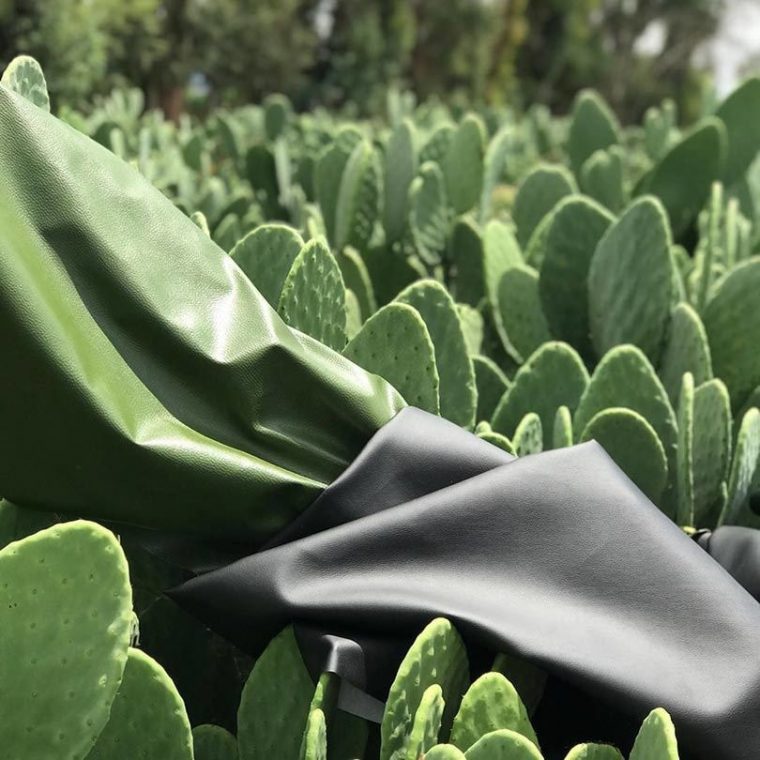
“If you assess the value for the world economy of the additional 39 billion cubic meters expected to be used annually by 2030, the result is 32 billion euro at stake yearly. This is the potential benefit for the world economy if the fashion industry can find ways to prevent water consumption from increasing further.”
Would you be willing to try out some of this luxurious vegan leather made from cactus?
Read More: NYC Schools Are Teaching Sustainability Through Green Roofs!
